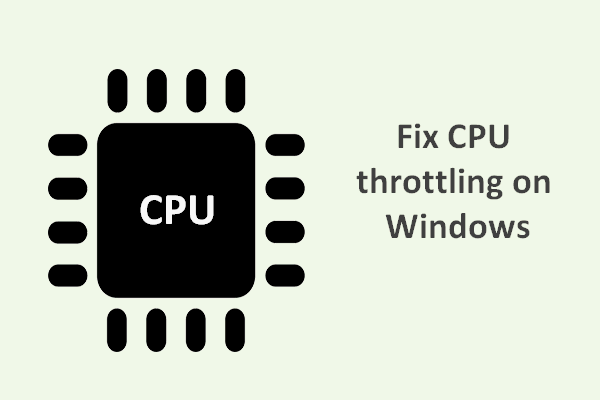

All combined, this reduces the laptop’s total cooling capacity and means that laptops are often unable to avoid processor throttling, and therefore have slower performance. Laptops also use smaller heat sinks, heat pipes, heat radiators, cooling fans, and other cooling system components. Close proximity of components combined with minimal open space makes it hard to remove heat once it has accumulated within the system. Tight construction leaves little room for open air space and restricts cooling airflow, which is especially problematic for air cooled systems.
THROTTLED MEANING IN COMPUTER MAC
However, mobility requires a more compact and size restricted form factor, which means that most laptops and desktops that use similar components, such as the Mac Mini, include cooling systems that do not have adequate cooling capacity to avoid throttling.įor instance, processors are often placed in close proximity to other heat sensitive components, resulting in heat bleed out to surrounding components. To help prevent the processor from constantly having to throttle speeds and to ensure basic computer operation, most computers include an air cooling system for heat management. While throttling is preferable to frying your processor and other adjacent components, throttling does have a downside, which is reduced processor speeds and slower performance. Throttling is a basic function and can occur when the processor is running above baseline speed at Turbo Boost speeds, but it can also occur when running multiple threads at baseline speeds. Processor failure should not happen in a properly operating computer because the computer will automatically throttle processor speeds, and this in turn will reduce temperatures and prevent processor failure. If heat is not removed from the processor, then temperatures will rise to the point of causing hardware damage and processor failure. Increasing the duration of work will also generate more heat. Adding additional processor cores and running the processors at higher speeds will create the potential for more power, but more powerful processors will also increase the potential for more heat.

Processors are basically tiny heaters that generate an incredible amount of heat when running at higher power. In addition to being responsible for the majority of a computer’s performance, processors are also responsible for creating the majority of heat. Intel multicore processors use Turbo Boost to automatically increase processor speeds under certain conditions, such as when lower temperatures allow for adequate thermal headroom. Processors include multiple cores with two rated speeds, the base speed and the Turbo Boost speed. Processors are the heart of a computer, responsible for the computer’s overall performance potential. This is the basic problem all laptop users face, the more you want to do with your laptop, the harder it works, and the hotter and slower it gets. Processors generate heat that can lead to throttling, which in turn slows performance. When it comes to using your laptop, heat generation and increased performance are in a cyclical relationship that feed off of one another. We have not been paid to publish this article, however please click the links to find out more about SVALT and their range of cooling devices. He has given us permission to re-publish his helpful primer on Throttling. In this article SVALT Founder Chad Kirkpatrick explains the challenges of getting more power whilst managing heat and noise. Since then we’ve been speaking to a man who has been making computer cooling his mission, SVALT founder Chad Kirkpatrick, to help understand more about the relationship between power, heat and noise and a word that’s often used in discussions… throttling.
THROTTLED MEANING IN COMPUTER HOW TO
In a recent article we explained how to use a laptop in a studio without having to worry about noise.


 0 kommentar(er)
0 kommentar(er)
